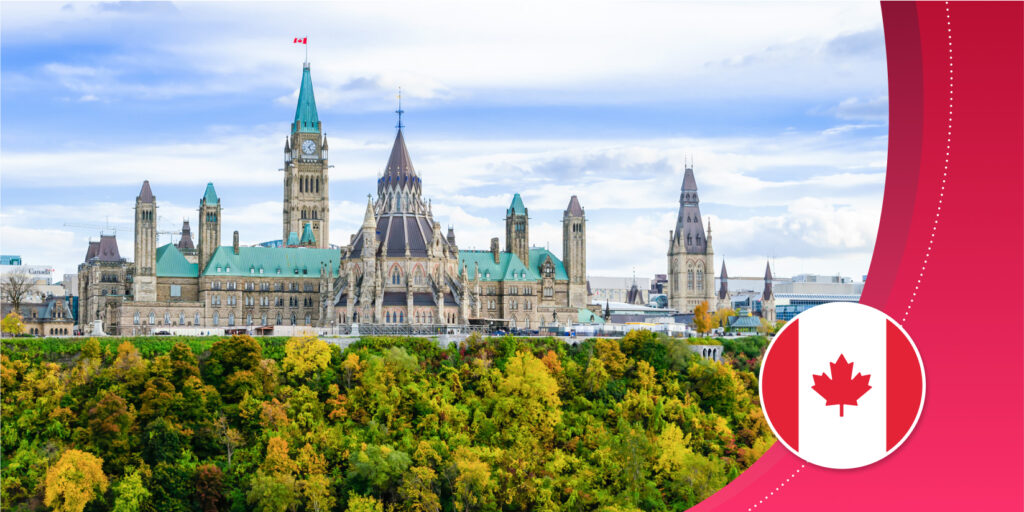The coronavirus has made many people uncertain about the future of their immigration plans. The government’s focus on curbing the virus has resulted in travel restrictions into the country, but despite this, Canada released its 2020-2022 Immigration Levels Plan on March 12.
This move has made it clear that immigrants are a priority for Canada. The plan, and updates to recent restrictions, have shown that the government is working hard to limit the effects of COVID-19 on international students and other immigrants.
Canada’s Immigration Levels Plan is a multi-year plan designed to help forecast the potential economic impacts of future immigration, including what needs to be done to support the integration of newcomers. Immigration accounts for over three-quarters of population growth in the country.
With the anticipated global economic aftereffects of the virus, Canada will need to focus on immigration efforts more than ever. This plan is to support long-term economic growth, with immigrants filling future needs in the workforce. As baby boomers retire, immigrants are likely to see their skills and experience become highly valuable to potential employers.
So what does this plan mean? Let’s take a closer look.
Increased Immigration Numbers
Canada’s 2020-2022 Immigration Levels Plan set a target for 341,000 new permanent residents in 2020, the same number as 2019. The goal for 2021 then increases to 351,000, and 361,000 in 2022. These projected numbers are reflective of the positive impact immigrants have on the Canadian economy via consumption, the workforce, and taxes.
Changes in Admissions by Class
The 2020-2022 plan increases the Economic and Refugee classes by 1,000 admissions compared to the previous levels plan. The Economic class is expected to grow overall, from 195,800 in 2020 to 212,050 in 2022. More emphasis will be put on economic pilots, and provincial and territorial nominee programs. Meanwhile, the total Refugees and Protected Persons will increase by 2,250 from 2020 to 2021, and 1,000 from 2021 to 2022.
The Humanitarian and Other class is also expected to increase over the three years, from 4,500 in 2020 to 5,000 in 2021 and 2022. Meanwhile, the Family class is expected to say the same throughout, at 91,000.
What Does the Immigration Levels Plan Mean for International Students?
The 2020-2022 plan bodes well for international students, as it shows that the government will prioritize immigration as a means to economic growth. This will likely have a positive effect on the number of visas awarded.
Students graduating from Canadian colleges and universities will be well-positioned to enter the workforce as the population continues ageing, and more opportunities become available. The next few years will be an excellent opportunity for international students looking to advance their education and careers by studying abroad.
Ultimately, Canada’s new Immigration Levels Plan demonstrates the government’s commitment to immigration in a time that may leave potential newcomers uncertain. One message is clear: immigrants’ contributions to Canada’s culture, society, and economic growth make them invaluable to the future of the country.
Interested in studying in Canada? Explore and apply to over 800 Canadian schools on ApplyBoard.






